For the first time in more than 200 years, two broods of cicadas Brood XIX, known as the Great Southern Brood, and Brood XIII, known as the Northern Illinois Brood will emerge from the ground simultaneously. Hannah Burrack, professor and chair of the Department of Entomology at Michigan State University, answers questions about this rare occurrence.
Tag: Insects
An increase in blood-sucking black flies is expected in Germany
Only six millimeters in length, black flies (Simuliidae) may look harmless like house flies, but their bites can be very unpleasant.
Darting around with a tiny brain
With a brain the size of a pinhead, insects perform fantastic navigational feats.
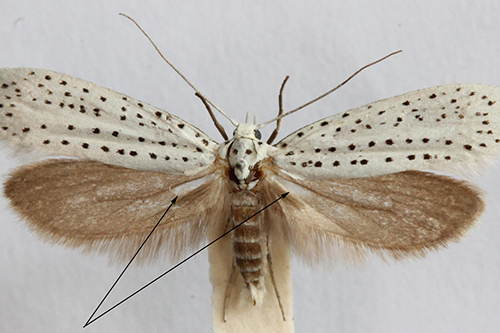
Mystery of moths’ warning sound production explained in new study
The workings of the ultrasonic warning sounds produced by the wings of a species of moth have been revealed by researchers at the University of Bristol.
New type of tiny wasp comes with mysterious, cloud-like structures at ends of antennae
Fossil researchers have discovered a novel genus and species of tiny wasp with a mysterious, bulbous structure at the end of each antenna.
How Insects Evolved to Ultrafast Flight (And Back)
This asynchronous beating comes from how the flight muscles interact with the physics of the insect’s springy exoskeleton. This decoupling of neural commands and muscle contractions is common in only four distinct insect groups. For years, scientists assumed these four groups evolved these ultrafast wingbeats separately, but research from the Georgia Institute of Technology and the University of California, San Diego (UC San Diego) shows that they evolved from a single common ancestor. This discovery demonstrates evolution has repeatedly turned on and off this particular mode of flight. The researchers developed physics models and robotics to test how these transitions could occur.
These Robots Helped Understand How Insects Evolved Two Distinct Strategies of Flight
Robots built by engineers at the University of California San Diego helped achieve a major breakthrough in understanding how insect flight evolved, described in the Oct. 4, 2023 issue of the journal Nature. The study is a result of a six-year long collaboration between roboticists at UC San Diego and biophysicists at the Georgia Institute of Technology.
Important additional driver of insect decline identified: Weather explains the decline and rise of insect biomass over 34 years
Insects react sensitively when temperature and precipitation deviate from the long-term average. In an unusually dry and warm winter, their survival probabilities are reduced; in a wet and cold spring, hatching success is impaired.
Bats feast as insects migrate through Pyrenees
Bats gather to feast as nocturnal insects fly through mountain passes in the Pyrenees each autumn, new research shows.
Transforming flies into degradable plastics
Flies are being used as a source of chemicals to make bioplastics. Eventually, that same type of bug might one day biodegrade those plastics once their useful life is over. The researchers will present their results at ACS Fall 2023.
Male crickets court females in unison – unless rivals get too close
Male crickets sing in unison to attract females – but stop singing if a rival gets too close, new research shows.
Plants Pollinated by Honey Bees Produce Lower-quality Offspring
In a first of its kind comparison, UC San Diego scientists have shown that pollination by honey bees, which are not native to the Americas, produces offspring of considerably inferior quality (lower fitness) than offspring resulting from native pollinators.
Climate change could lead to “widespread chaos” for insect communities
New research from Binghamton University, State University of New York explores how a warming world could impact ecosystems and derail the development of new species.

Poultry pests nipping at farmers’ bottom line
A research team has taken a dive deep into the biology and integrated pest management of lesser mealworm (Alphitobius diaperinus), a species of darkling beetle that wreaks havoc on poultry farms.
How Insects Track Odors by Navigating Microscale Winds
Insects use odor plumes — which travel like smoke and form when the wind blows odor molecules from their source — to track down sources such as flowers or pheromones. But wind tunnels are typically unable to replicate realistic outdoor wind conditions. In Physics of Fluids, by AIP Publishing, University of Nevada at Reno researchers decided to explore microscale wind conditions in various outdoor environments to better understand what flying insects might experience while tracking odor plumes.
Newly sequenced hornet genomes could help explain invasion success
The genomes of two hornet species, the European hornet and the Asian hornet (or yellow-legged hornet) have been sequenced for the first time by a team led by UCL (University College London) scientists.
Chemist makes insect wing discovery that could advance technology
The key to insect success may be their wings. That’s what West Virginia University researcher Terry Gullion, professor of chemistry in the WVU Eberly College of Arts and Sciences, has learned by studying the chemical composition of insect wings — something that has not been examined in detail until now.
Newly identified tsetse fly pheromone may help in curbing disease spread
Yale scientists have for the first time identified a volatile pheromone emitted by the tsetse fly, a blood-sucking insect that spreads diseases in both humans and animals across much of sub-Saharan Africa.
New damselfly sharing habitat with UK natives
A damselfly species that came to the UK from Europe poses a minimal risk to native damselflies and dragonflies, new research shows.
Probably not for sex
Male peacocks shake elaborate trains—a dazzling mating display—and male peacock spiders also dance, showing off brightly-colored abdomens.
Newly discovered scorpionfly genus with bizarre appearance
Zoologist Professor Rainer Willmann, former Director of the Zoological Museum at the University of Göttingen, has described and classified previously unknown species of scorpionflies from Nepal.
Insects affect electric fields in the atmosphere, researchers find
The electric charge of insects can cause changes in the electricity of the atmosphere which are comparable with weather processes, researchers at the University of Bristol and University of Reading have found.
Insects struggle to adjust to extreme temperatures making them vulnerable to climate change, study finds
As more frequent and intense heat waves expose animals to temperatures outside of their normal limits, an international team led by researchers at the University of Bristol studied over 100 species of insect to better understand how these changes will likely affect them.
Cooking up mealworms into a tasty, healthful, ‘meat-like’ seasoning
Mealworms are edible insects and a healthful alternative to traditional meat protein. Today, researchers report that they’ve cooked up mealworms with sugar, creating a “meat-like” flavoring for a tasty source of extra protein in convenience foods. They will present their results at ACS Fall 2022.
Climate change leads to invasive insect expansion on West Coast
Climate change has led to warming temperatures in the Pacific Northwest, leading some insect species to expand their range into more northerly oak savannas, according to new research from Binghamton University, State University of New York.
Bumblebees Appear to Feel Pain
New research by a team at Queen Mary University of London shows that bumblebees can modify their response to ‘noxious’ (painful) stimuli in a manner that is viewed in other animals as consistent with the ability to feel pain.
A midge fly can be a source of currently used pesticides for birds, bats
Researchers reporting in ACS’ Environmental Science & Technology have observed that non-biting midge larvae accumulate contemporary pesticides from polluted water and retain the substances into adulthood. As a result, animals that eat the adult flies could consume small amounts of pesticides daily.
Hungry caterpillars an underappreciated driver of carbon emissions
A study led by the University of Cambridge has found that periodic mass outbreaks of leaf-munching caterpillars can improve the water quality of nearby lakes – but may also increase the lakes’ carbon dioxide emissions.
Protecting gardens and crops from insects using the ‘smell of fear’
Herbivorous insects are a threat to gardeners’ hard work, and are increasingly resistant to pesticides. Today, scientists report they have bottled the “smell of fear” from predators to repel destructive insects without the need for harsh substances. They will present their results at ACS Fall 2021.
Blue-eyed buzzers, human interest emerge from Brood X
Prepare to say hello to cleaner windshields and goodbye to a distinct, deafening buzzing sound – for four years, at least. Brood X (“ten”), the noisy batch of cicadas running rampant throughout the East Coast and Midwest, will be departing…
New beetle species discovered and named after iconic sci-fi heroines
The original Star Trek television series took place in a future when space is the final frontier, but humanity hasn’t reached that point quite yet. As researchers like Michigan State University entomologists Sarah Smith and Anthony Cognato are reminding us, there’s still plenty to discover right here on Earth.
Working in Central and South America, the duo discovered more than three dozen species of ambrosia beetles — beetles that eat ambrosia fungus — previously unknown to science. Smith and Cognato described these new species on June 16 in the journal ZooKeys.
Trillions of cicadas are beginning to emerge across the U.S. and one Bowling Green State University expert is available to add insight, context to your reporting
Trillions of cicadas are beginning to emerge in parts of the U.S., and Dr. Daniel Pavuk with Bowling Green State University knows all about the bugs and can add helpful information and context about them to your reporting. Labeled as…

WashU Expert: Brood X cicadas emerge in a rapidly changing world
Talk about a rude awakening. Brood X cicadas are coming of age in world that is drastically altered from the one their ancestors knew. Not only is this no longer their grandfather’s or great-grandfather’s planet, it’s one that some bugs…
After 17 Years Underground, the Brood X Cicadas are Coming!
George Washington University researchers are studying the impact of the cicadas on the ecosystem and environment.
Spring 2021 emergence of Brood X cicadas: Indiana University experts available to comment
Indiana University experts in biology and ecology are available to comment on the emergence of the Brood X cicadas, a spectacular event that occurs every 17 years in the eastern United States.
Cannabis use disorder linked to increased complications after spinal surgery
Dragonfly wings, lotus leaves, cicada wings — thanks to millennia of evolution, nature has optimized the ways these surfaces and others behave to offer antibacterial functionality. An international, interdisciplinary team of researchers is trying to find the best way to translate these features to create nature-inspired bactericidal surfaces for use in medical implants. They discuss the surface structures and chemical compositions for an ideal implant material in the journal Applied Physics Reviews.
George Washington University Experts Available to Discuss Brood X Cicadas
WASHINGTON (March 24, 2021) — Brood X cicadas, also known as the Great Eastern Brood, will reemerge sometime in May after 17 years underground. According to experts, the insects will blanket several states in the east, especially in areas with…
Rutgers Expert Available to Discuss 17-Year Cicadas in N.J.
New Brunswick, N.J. (March 18, 2021) – Rutgers University–New Brunswick entomologist George C. Hamilton is available for interviews on the upcoming emergence of 17-year cicadas in New Jersey. The big, noisy insects appear suddenly in late May or early June. “This spring, we will…
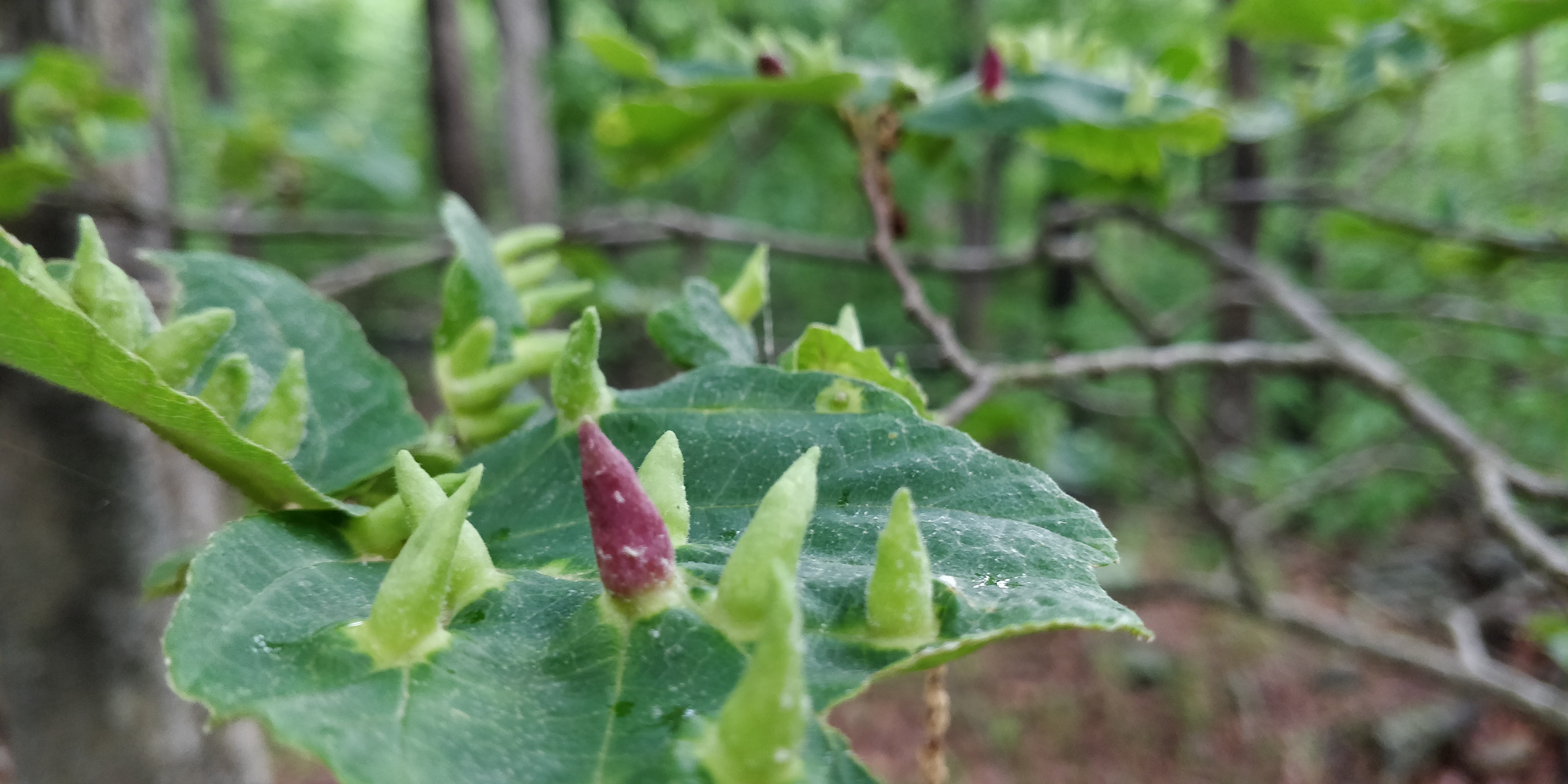
Here’s How Insects Coax Plants into Making Galls
Scientists have identified proteins in aphid saliva that can alter plant development. These proteins drive abnormal growths called galls, which give insects a protected place to feed and reproduce.
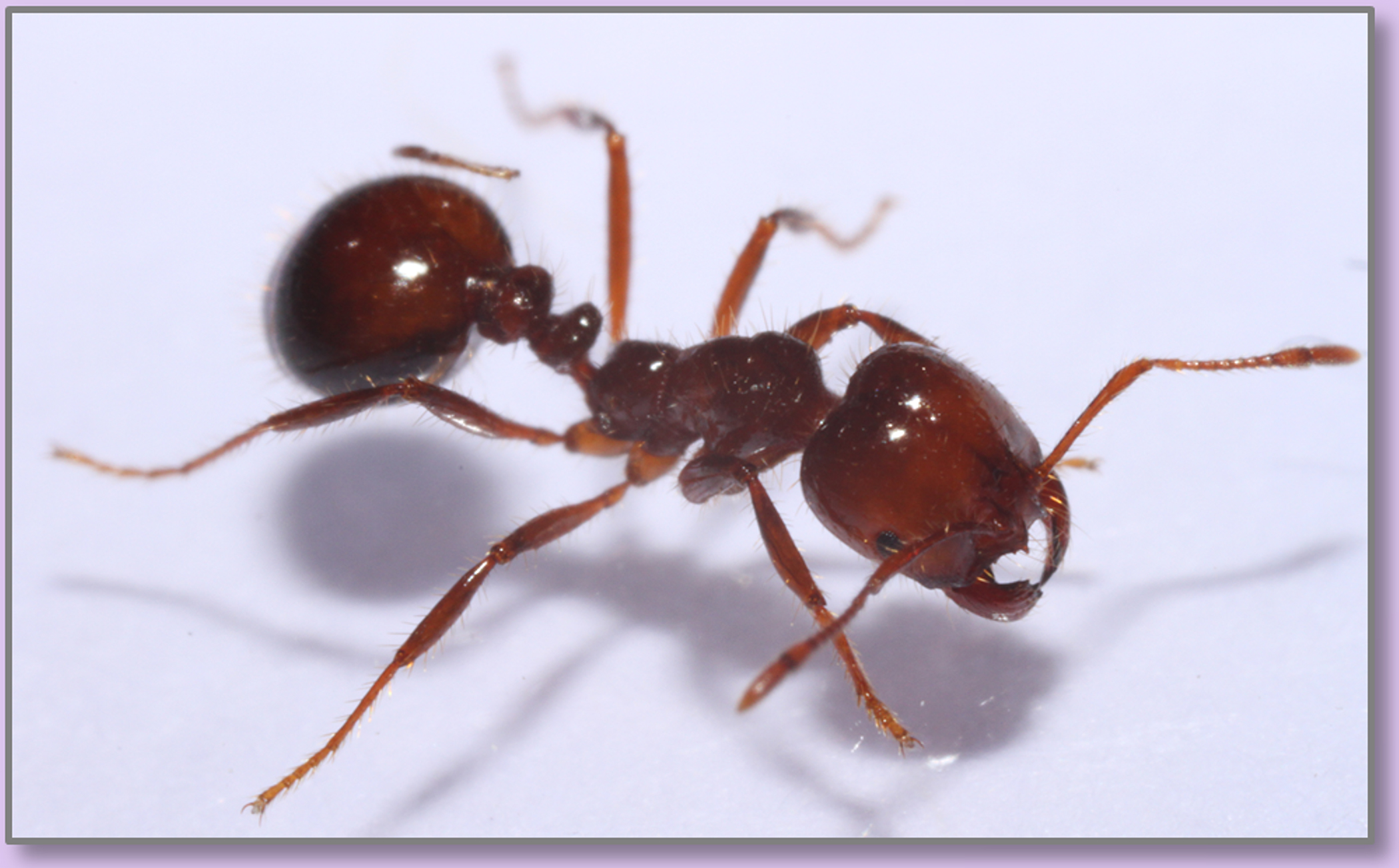
Supergene discovery leads to new knowledge of fire ants
A unique study conducted by University of Georgia entomologists led to the discovery of a distinctive supergene in fire ant colonies that determines whether young queen ants will leave their birth colony to start their own new colony or if they will join one with multiple queens.
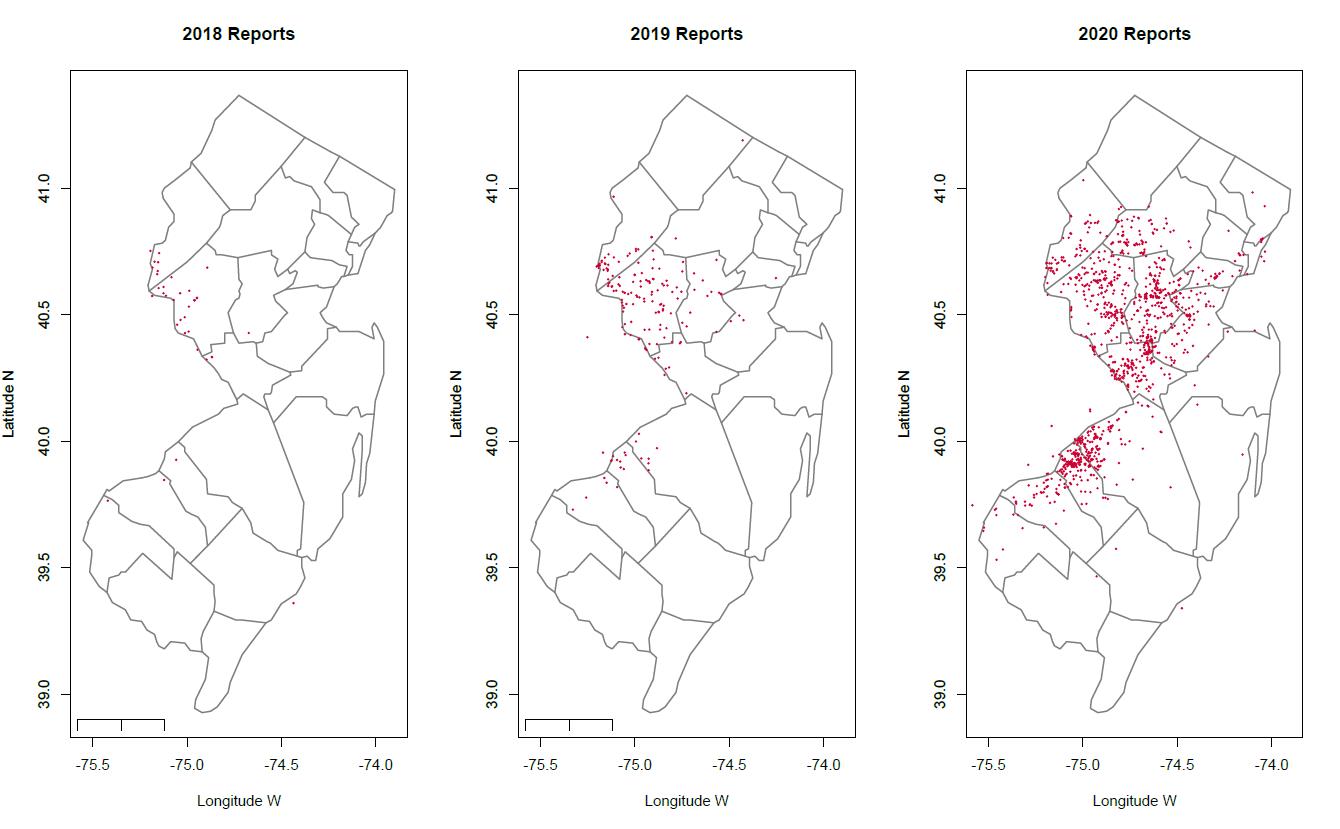
Rutgers Experts Can Discuss Invasive Spotted Lanternfly Spread in N.J.
New Brunswick, N.J. (Oct. 1, 2020) – Rutgers University–New Brunswick Professor George C. Hamilton and Associate Professor Anne L. Nielsen can discuss the spread of and threat posed by the invasive spotted lanternfly, a destructive pest, in New Jersey. “Their…
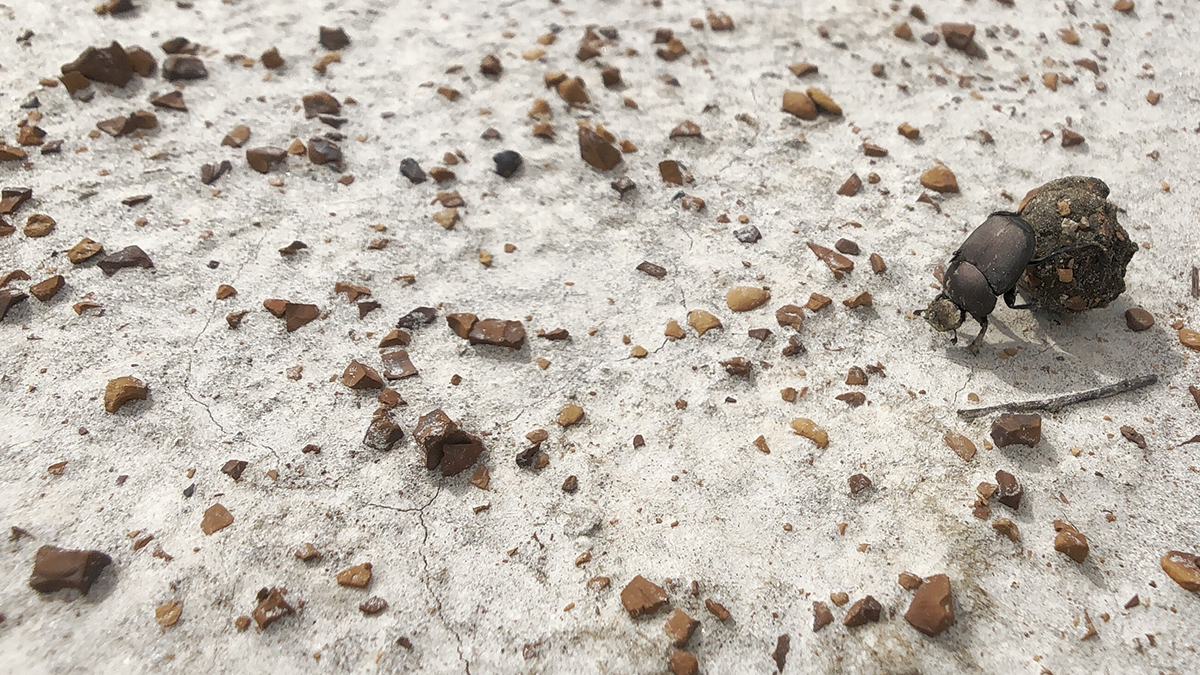
What is a dung beetle?
Dung beetles provide many important functions to ecosystems

‘Insect apocalypse’ may not be happening in U.S.
Scientists have been warning about an “insect apocalypse” in recent years, noting sharp declines in specific areas — particularly in Europe. A new study shows these warnings may have been exaggerated and are not representative of what’s happening to insects on a larger scale.
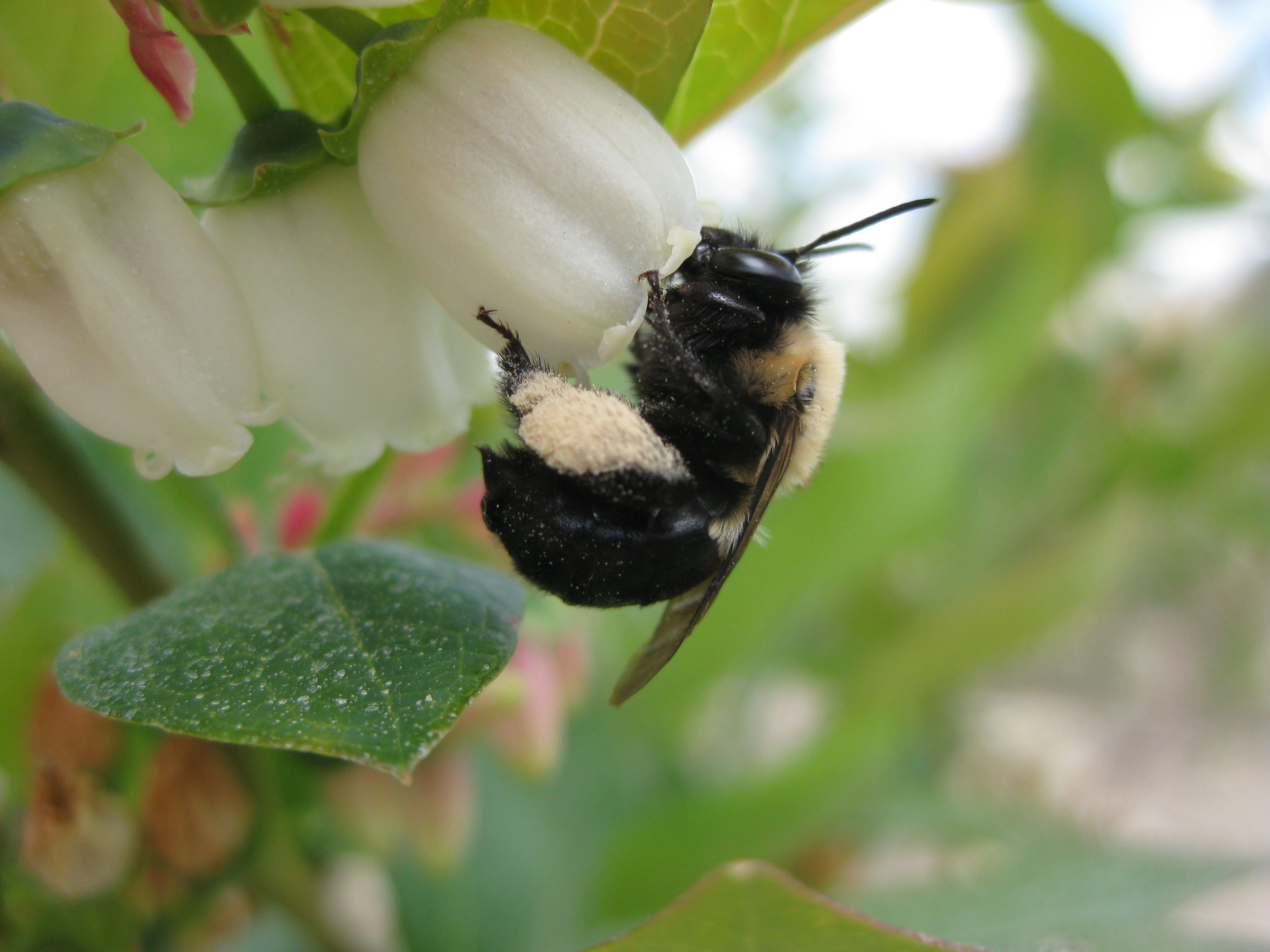
Decline of Bees, Other Pollinators Threatens U.S. Crop Yields
Crop yields for apples, cherries and blueberries across the United States are being reduced by a lack of pollinators, according to Rutgers-led research, the most comprehensive study of its kind to date. Most of the world’s crops depend on honeybees and wild bees for pollination, so declines in both managed and wild bee populations raise concerns about food security, notes the study in the journal Proceedings of the Royal Society B: Biological Sciences.

What type of insects live in soil?
Insects can be both beneficial and harmful to agricultural land

Invasive fire ants limiting spread of meat allergy – but pose their own danger
Invasive fire ants common in the Gulf Coast and Texas likely are limiting a tick-acquired meat allergy in these areas, scientists report. But they have a nasty bite of their own.
Rutgers Experts Available to Discuss Invasive Asian Giant Hornet
New Brunswick, N.J. (May 6, 2020) – Rutgers University–New Brunswick experts are available for interviews on inquiries about the invasive Asian giant hornet (Vespa mandarinia). While media reports have triggered concern over the large pest, there are no reports of…
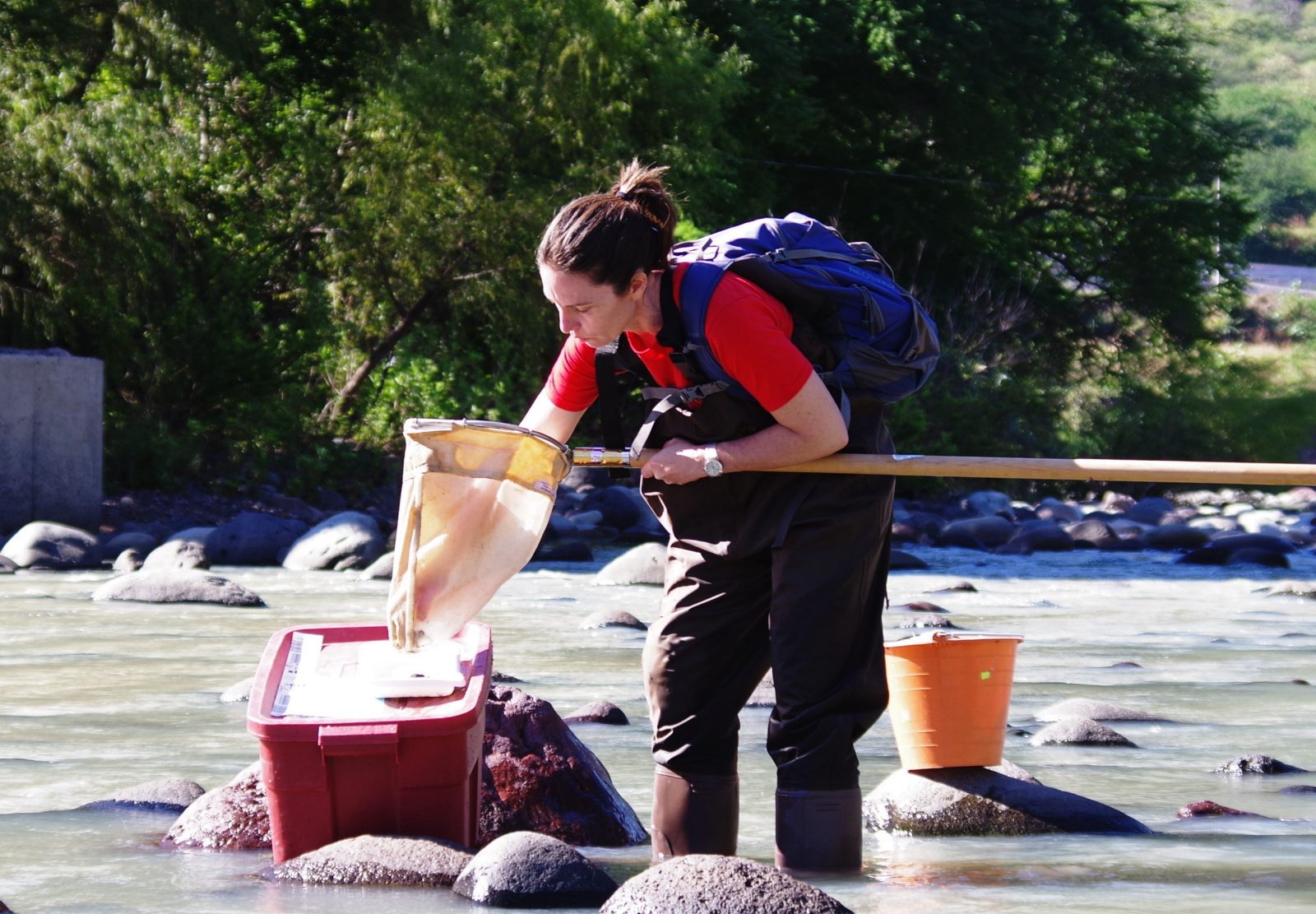
Decline of the mayfly and its impact on ecosystems around the world
Mayflies have long been indicators of the ecological health of the lakes, rivers, and streams. The more mayflies present in water, the better the water quality. But scientists from Virginia Tech and the University of Notre Dame recently discovered that…

Mosquitoes are drawn to flowers as much as people — and now scientists know why
Scientists have identified the chemical cues in flowers that stimulate mosquitoes’ sense of smell and draw them in. Their findings show how cues from flowers can stimulate the mosquito brain as much as a warm-blooded host — information that could help develop less toxic repellents and better traps.